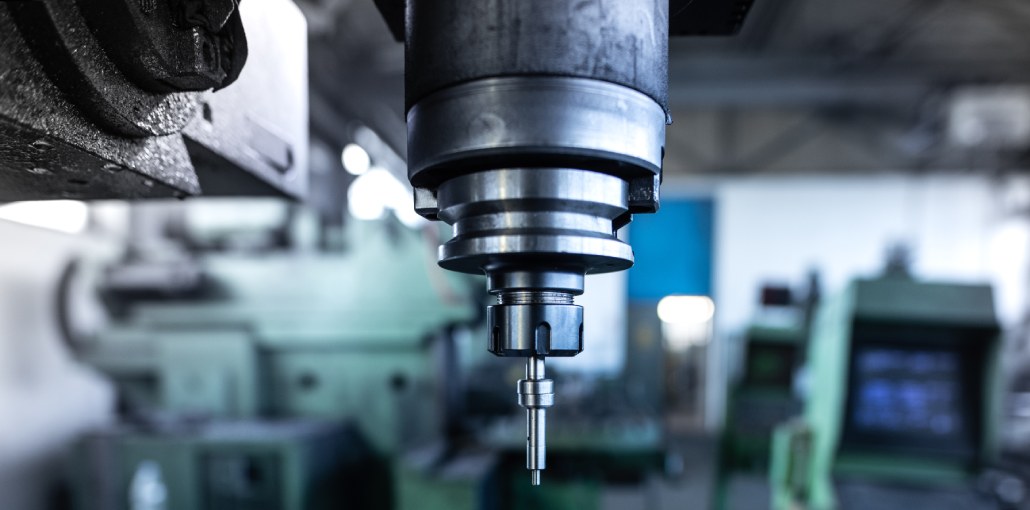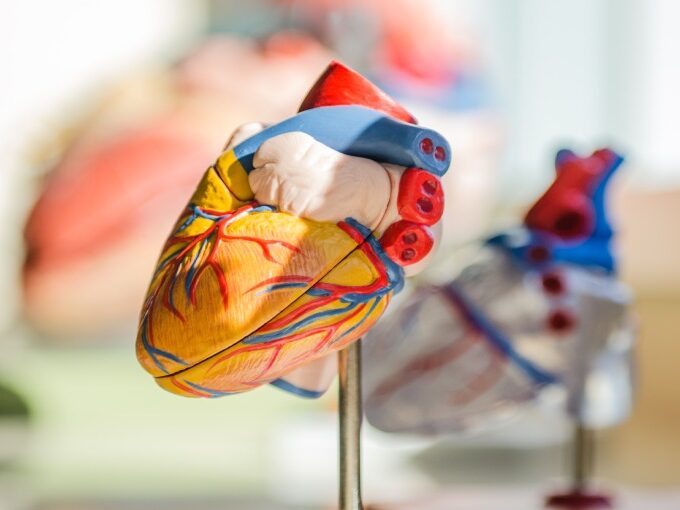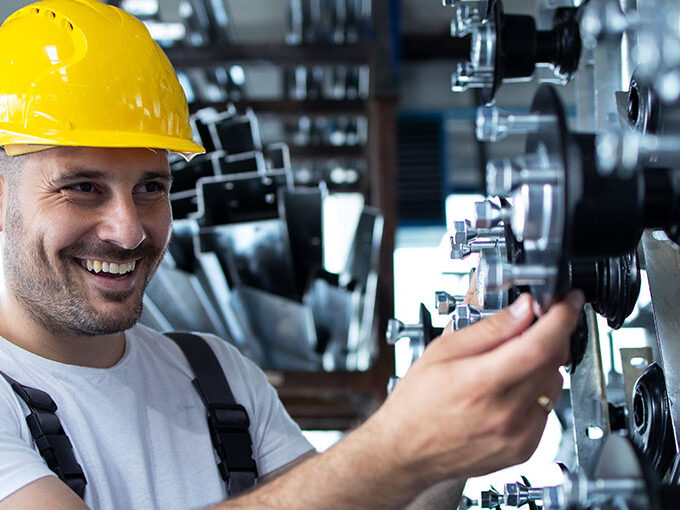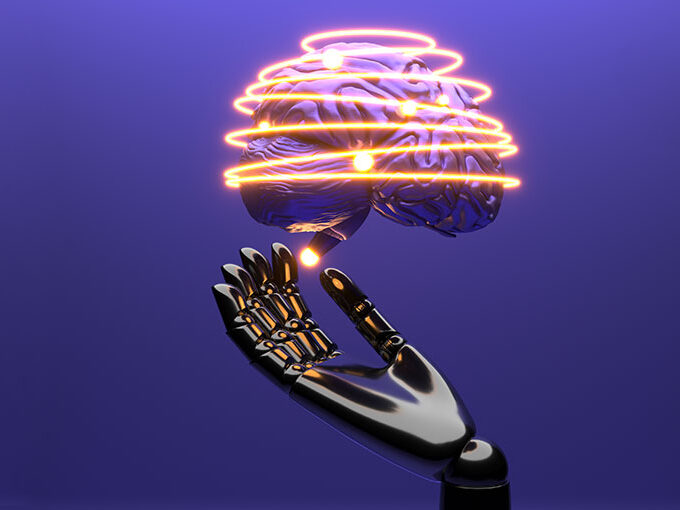Die casting is a popular manufacturing method for producing complex metal components with excellent surface finish and high precision. The part geometry’s design is crucial to the success of die casting. The part geometry must be optimized for manufacture because it affects the quality, cost, and effectiveness of the die casting process, which is where design engineers come into play.
In this piece, we’ll look at the main die casting design factors to take into account as well as manufacturing part geometry optimization. But first, what’s Die Casting Process?
What’s Die Casting?
In the manufacturing process known as die casting, molten metal is injected at high pressure into a steel die to create a specific shape. Rapid solidification of the molten metal inside the die enables the creation of intricate and precise parts. Die casting services frequently use die casting to produce parts for businesses in the automotive, aerospace, electronics, and consumer goods sectors.
Design for Manufacturability in Die Casting
Die casting’s term for the practice of taking into account the manufacturing needs and limitations of the die-casting process during the design phase of a part or component is “Design for Manufacturability” (DFM). It entails creating parts in a way that maximizes their ability to be manufactured, ensuring effective and economical production without sacrificing the final product’s quality and functionality.
For a die casting project to be successful, manufacturability must be taken into account during the design phase. Design engineers can avoid potential problems that might appear during the production process by taking into account manufacturing considerations early on. This proactive approach assists in lowering manufacturing expenses, cutting down on lead times, and improving overall production effectiveness.
Also read: Top 10 Online Project Management Tools
Effective DFM in die casting requires cooperation between design engineers and die casting specialists. Die casting specialists are knowledgeable and skilled in the nuances of the die casting process. Their participation from the very beginning of the design process allows for the early detection of potential manufacturing difficulties and the creation of solutions to address them.
Design engineers and die casting specialists collaborate closely to assess the design’s viability and the part’s ability to be manufactured. When it comes to factors like mold design considerations, material selection, gate and runner design, and process parameters, die casting experts can offer invaluable insights into the limitations and potential of the die casting process.
Design Considerations for Die Casting
Wall Thickness
Wall thickness is important in die casting and has a big impact on the final part’s quality and ability to be manufactured. The following key ideas and recommendations for designing appropriate wall thickness in die casting will help you understand how important it is to maintain consistency in wall thickness:
Importance of maintaining consistent wall thickness:
- Uniform Cooling
The uniform cooling of the molten metal during solidification is made possible by consistent wall thickness. This even cooling reduces the possibility of flaws in the finished part like porosity, shrinkage, and warping. Wall thickness variations can cause uneven cooling rates, which can cause residual stresses and dimensional changes. In rapid injection molding, wall thickness variation can also cause uneven cooling rates.
- Material Flow
The flow of molten metal into the die cavity is ensured to be even and smooth by maintaining constant wall thickness. It makes it easier to fill the mold properly and reduces the likelihood of flow-related flaws like air entrapment or insufficient filling.
- Mechanical Properties
The mechanical characteristics of the die cast part are influenced by wall thickness. Parts with thin sections could have lower strength, whereas sections that are too thick might produce residual stresses and use more material. Consistent wall thickness contributes to the part’s ability to maintain structural integrity and the desired mechanical properties.
Guidelines for designing appropriate wall thickness:
- Design for Casting Constraints
When choosing wall thickness, take into account the capabilities and constraints of the die casting process. The achievable wall thickness depends on the particular die casting machine, the material, and the complexity of the part. The possible range of wall thickness for a given application can be learned through consultation with die casting experts.
- Avoid Abrupt Changes
Instead of making sudden changes in wall thickness, design parts with steady transitions. Uneven solidification and thermal stresses can result from abrupt variations in wall thickness. To ensure the highest possible part quality, aim for seamless and continuous transitions.
- Thin-Wall Considerations
Die casting can be difficult for thin-walled sections because molten metal cools and solidifies quickly. In addition to making filling more challenging, thin walls can also lead to increased porosity and decreased mechanical strength. Examine thin-walled sections’ required functionality and structural integrity carefully, and take reinforcement techniques like ribs or gussets into account to increase strength and rigidity.
Draft Angles and Taper
Incorporate the correct draft angles on vertical surfaces to make it simple for the part to be quickly ejected from the die. Draft angles reduce the possibility of mold damage by preventing the part from adhering to the mold. Consider how draft angles will impact the wall thickness and ensure that it is constant throughout the part.
Also read: Hybrid Workplace Help To Boost Technology Collaboration and Participation
Fillets and Radii
Die cast parts need to be created with fillets and radii in order to minimize stress concentrations. Sharp edges and corners can act as stress risers and cause a component to fail early. Fillets and radii help to reduce stress concentrations, which increases the component’s strength and durability. To prevent stress concentration points, it is crucial to guarantee seamless transitions between component features.
Undercuts and Cores
The undercuts on the part prevent it from being simply ejected from the die. Design engineers must identify vulnerable areas and come up with solutions. You may want to use complex tooling parts, such as side cores or slides, to achieve the required geometry for undercuts. Core design is crucial for achieving complex part geometries, and their placement and function must be carefully considered.
Ribs and Reinforcements
To increase their rigidity and strength, die cast parts frequently have ribs and reinforcements added to them. Ribs can increase the part’s structural integrity by providing additional support. However, ribs that are overdone or poorly built can result in issues like warping or shrinkage. Design guidelines suggest maintaining a constant thickness and height for ribs and avoiding abrupt changes in geometry in order to ensure maximum strength and prevent casting defects.
Gate and Runner Design
Die casting process efficiency and casting quality are significantly impacted by the design of the gates and runners. The molten metal enters the die cavity through the gate, and is then distributed to various parts of the part by the runner system. By balancing the flow of molten metal to prevent turbulence, reduce porosity, and achieve uniform die cavity filling, the gate and runner design can be improved. Based on the particular requirements of the part and the die casting process, the size, shape, and placement of gates and runners must be carefully chosen.
Parting Lines and Ejector Pins
For simple tooling and part ejection, it is crucial to identify the parting line that divides the two halves of the die. To minimize the effect on the part geometry and ensure uniform filling during the casting process, the parting line should be placed strategically. After casting, the solidified part is forced out of the die using ejector pins. They should be carefully placed to prevent obstructing important part features or leaving behind cosmetic flaws on the part surface.
Conclusion
Achieving high-quality, economical, and effective manufacturing requires optimizing part geometry for die casting. To ensure successful die casting, design engineers must take into account a number of variables, including wall thickness, draft angles, fillets, undercuts, ribs, gate and runner design, and parting lines. To address potential manufacturing issues and improve the part geometry, collaboration between design engineers and die casting specialists is crucial throughout the entire design process. Manufacturers can improve the overall quality and dependability of die cast parts, resulting in improved performance and customer satisfaction, by adhering to these design considerations.










Leave a comment